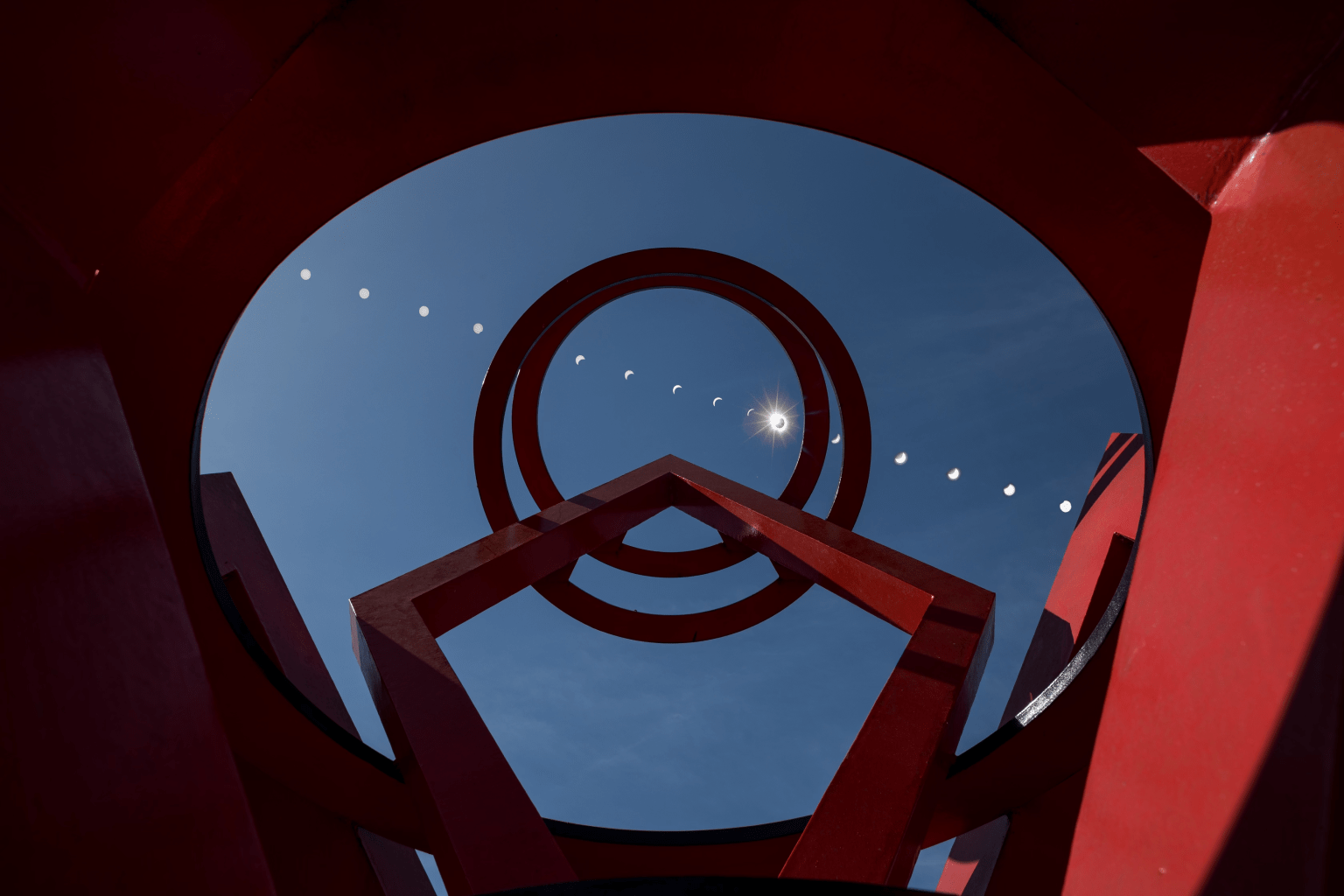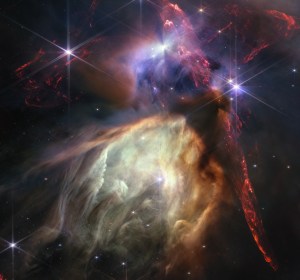Thank you for helping us out! Over 36,000 people helped do NASA Science during Monday’s total solar eclipse. Together, these volunteers submitted more than 60,000 vital pieces of eclipse data to NASA science projects.
More than 30,000 volunteers with the SunSketcher project pointed their smartphones toward the Sun and recorded pictures of Bailey’s beads, flashes of Sunlight coming through valleys on the moon. These pictures will reveal the size and shape of the Sun to high precision.
Volunteers with GLOBE Observer (GO) submitted more than 35,000 data points to the GO Eclipse, GO Clouds, and GO Landcover projects, taking eclipse data using their cell phones and sometimes thermometers. These data show the effect of the eclipse on our atmosphere.
Many more volunteers used specialized gear—DSLR cameras, telescopes, audiomoth recorders, and Ham Radio sets—taking data for the Dynamic Eclipse Broadcast Initiative, the Eclipse Megamovie project, Citizen CATE 2024, Eclipse Soundscapes, and the HamSCI project. These data will trace plumes and ejections of matter in the solar corona, track waves in the ionosphere, and reveal how animals, birds and insects reacted to the eclipse.
"I’m fascinated by the idea that the eclipse can affect the behavior of animals!" said one Eclipse Soundscapes volunteer. “I hope you all get a good data set and am still very excited to see the results! It was awesome!” said a SunSketcher volunteer.
Science is a methodical process and sometimes a slow process. Data are still arriving from cell phones and computers around the country. It will probably take months or even years for scientists to check and analyze the data, compare it with data on previous eclipses, and publish it in the refereed scientific literature.
But stay tuned as the Heliophysics Big Year continues! There will probably be some beautiful pictures coming out in the days and weeks to come thanks to your efforts.



























